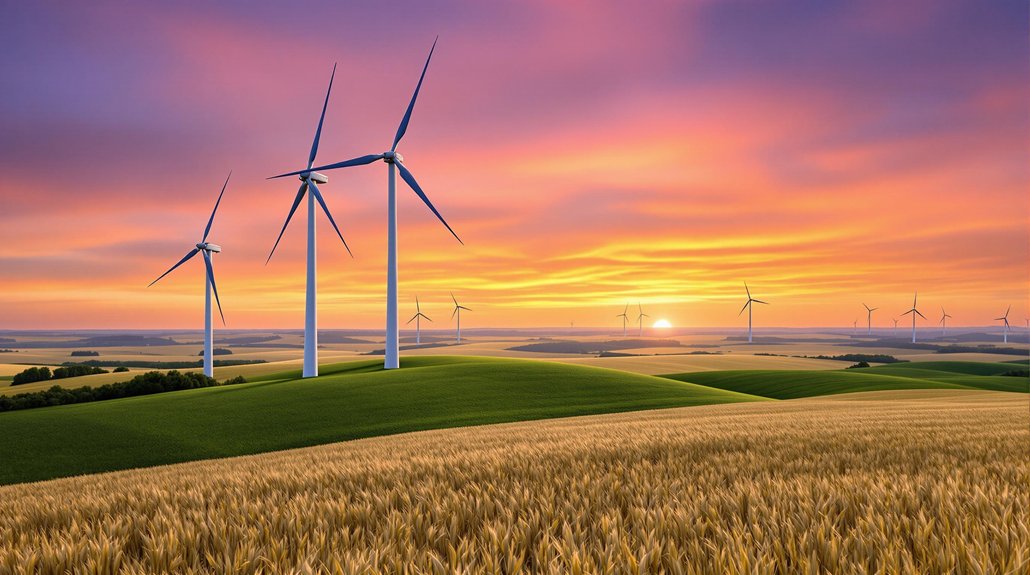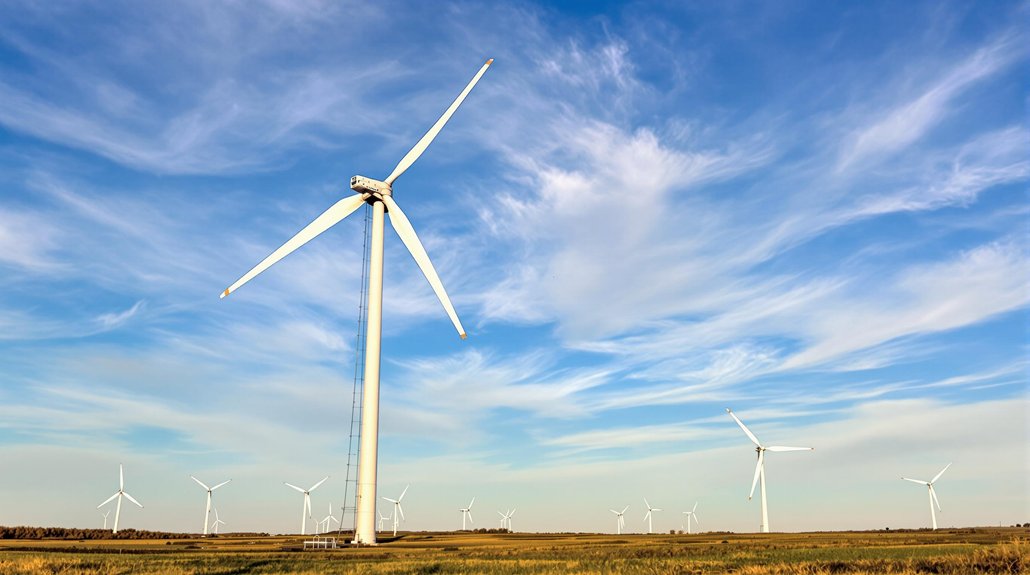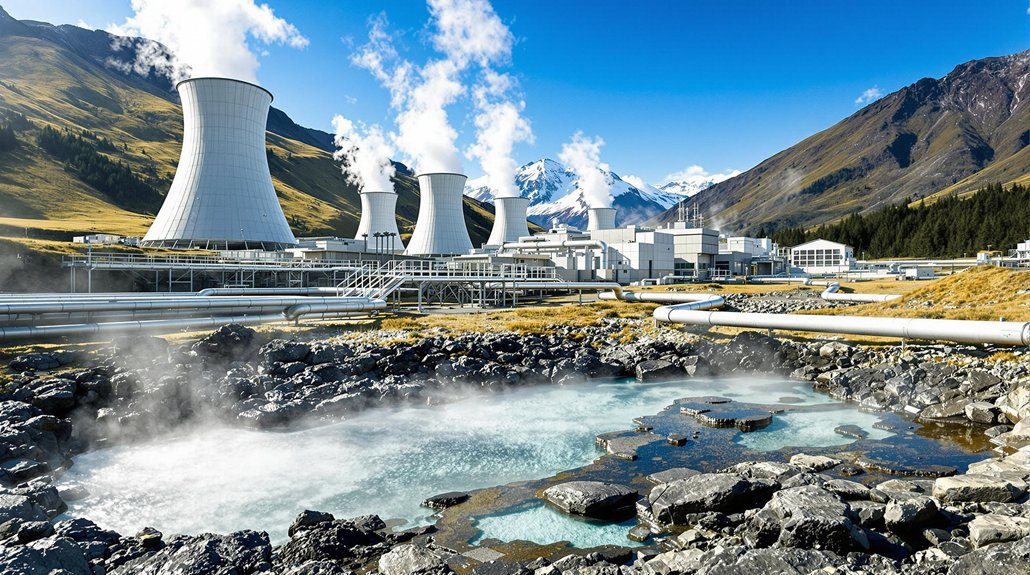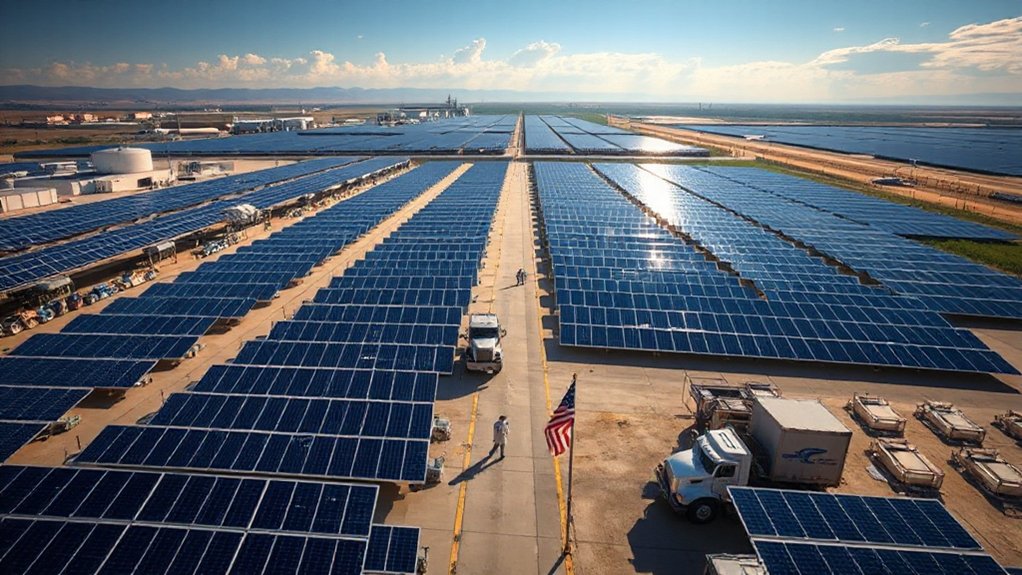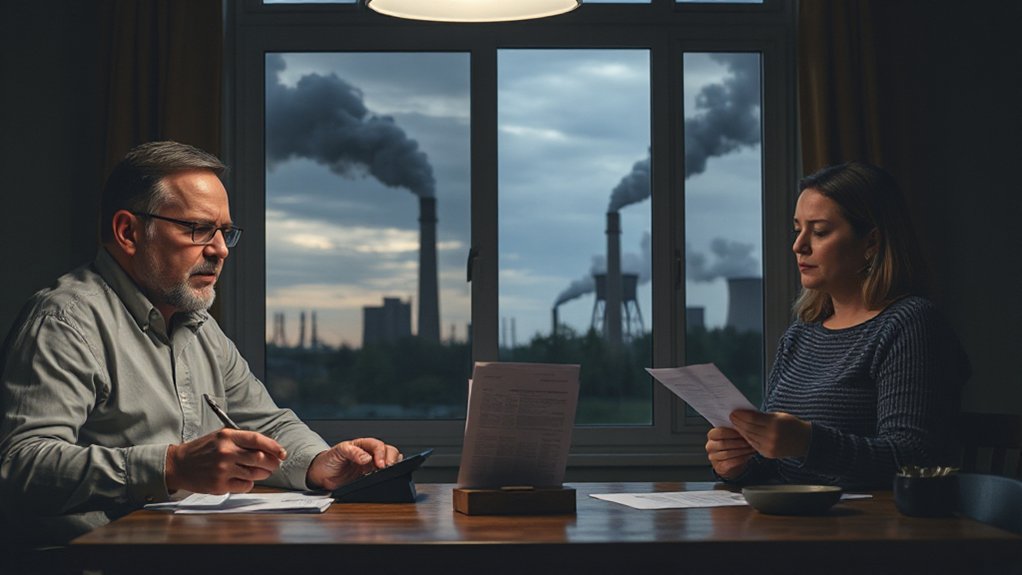Wind energy provides clean, renewable power without greenhouse gas emissions. It's cost-effective at 1-2 cents per kilowatt-hour with no ongoing fuel expenses. The industry creates thousands of jobs while generating income for landowners and communities. Wind farms have small land footprints and allow for multiple land uses like farming. Modern turbines are increasingly efficient, and technological advances continue to make wind power an attractive energy solution for a sustainable future.

Why is wind energy becoming increasingly popular worldwide? The answer lies in its numerous advantages as a clean, renewable power source that produces no greenhouse gas emissions during operation. Wind is an inexhaustible resource that helps combat climate change and improves air quality by reducing reliance on polluting fossil fuels.
Wind energy stands out as one of the most cost-effective energy options available today. Once wind turbines are installed, there are no fuel costs, and technological improvements continue to drive down overall expenses. The industry's costs have become competitive with fossil fuels in many markets, offering stable energy prices that aren't affected by fuel price fluctuations. Wind turbines generate electricity at 1-2 cents per kWh, making it highly economical for consumers.
The wind industry has created significant economic opportunities across many sectors. In the United States alone, it supports nearly 150,000 jobs in manufacturing, installation, and maintenance. Landowners receive income through lease payments, while local communities benefit from increased tax revenue. Rural areas, in particular, have seen economic growth due to wind energy development.
Wind power contributes to energy independence and security as a domestic energy source. It reduces reliance on foreign fuel imports and helps create a more resilient power grid through distributed generation. Unlike fossil fuels, wind energy isn't vulnerable to fuel supply disruptions or sudden price changes. In 2019, wind energy saved 118 million tonnes of CO2 in Europe. Current trends show promising growth, with U.S. wind power projected to generate 35% of electricity by 2050.
Another significant advantage is wind energy's minimal water usage. Wind turbines conserve billions of gallons of water annually, making them particularly valuable in drought-prone regions. They operate without causing water pollution or contamination risks.
Wind farms are also space-efficient, with turbines taking up relatively small land footprints. The vertical structures allow for multiple land uses, such as farming, beneath the turbines. Offshore wind farms utilize ocean space, and installations can be placed on marginal or non-arable lands.
Technological advances continue to improve wind energy's effectiveness. Modern turbines are more efficient and powerful than ever before, while improved wind forecasting helps with grid integration. Innovations like floating offshore wind technology and enhanced reliability are making wind power an increasingly attractive energy option.
Frequently Asked Questions
How Loud Are Wind Turbines, and Can the Noise Affect Nearby Residents?
Wind turbines typically produce noise levels of 35-45 decibels when measured 300 meters away, similar to rural background noise.
The sound increases to 60-80 decibels directly in front of the turbine.
Studies show 45% of residents within 2km can hear turbine noise, which some describe as whooshing or pulsing.
Some people report sleep disturbance and annoyance, particularly when multiple turbines operate or during high winds.
What Happens to Wind Turbines After They Reach the End of Their Lifespan?
Wind turbines are typically removed within two years after reaching their end-of-life. Workers dismantle the blades, nacelle, tower, and underground parts.
About 85-90% of the turbine materials can be recycled, including the foundation, tower, and generator. The turbine blades pose the biggest recycling challenge due to their fiberglass composition.
Some blades are now being repurposed into playground equipment, furniture, or ground up for use in cement production.
How Do Wind Turbines Affect Local Wildlife, Especially Birds and Bats?
Wind turbines pose significant challenges for local wildlife. Birds and bats can die from direct collisions with turbine blades, with U.S. estimates showing 140,000-500,000 bird deaths annually.
Some wind farms report up to 70 bat fatalities per turbine each year. The turbines' presence also disrupts natural habitats, causing animals to avoid nesting areas.
Noise and light from turbines can affect animal communication and migration patterns.
Can Wind Turbines Operate in Extreme Weather Conditions Like Storms or Freezing Temperatures?
Wind turbines can operate effectively in harsh weather conditions when properly equipped.
They're designed to work in temperatures as low as -22°F using special heating systems and anti-icing technology.
During storms, turbines can handle winds up to 112 mph and automatically shut down when speeds exceed 55 mph for safety.
While ice formation can reduce efficiency, modern turbines use carbon fiber coatings and heating elements to minimize this impact.
What Is the Average Time Needed to Recover the Cost of Installing Wind Turbines?
The average financial payback period for wind turbines is around 6 to 7 years.
However, this timeline can vary considerably based on several factors. Wind speed at the installation site, electricity prices, and initial costs play key roles.
Energy-wise, turbines become carbon neutral much faster – typically within 4 to 8 months of operation, generating 50 times more energy than what's used in their production.
